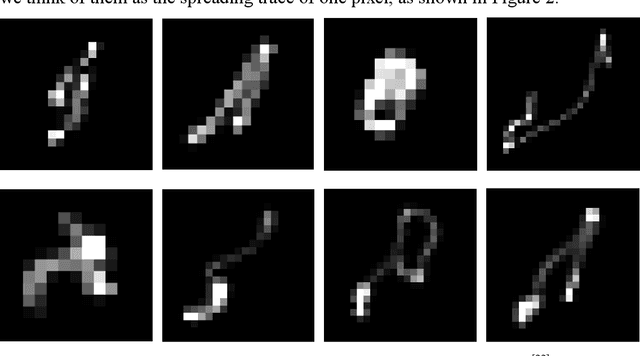Nicholas Polydorides
Generative Adversarial Network (GAN) based Image-Deblurring
Aug 24, 2022



Abstract:This thesis analyzes the challenging problem of Image Deblurring based on classical theorems and state-of-art methods proposed in recent years. By spectral analysis we mathematically show the effective of spectral regularization methods, and point out the linking between the spectral filtering result and the solution of the regularization optimization objective. For ill-posed problems like image deblurring, the optimization objective contains a regularization term (also called the regularization functional) that encodes our prior knowledge into the solution. We demonstrate how to craft a regularization term by hand using the idea of maximum a posterior estimation. Then, we point out the limitations of such regularization-based methods, and step into the neural-network based methods. Based on the idea of Wasserstein generative adversarial models, we can train a CNN to learn the regularization functional. Such data-driven approaches are able to capture the complexity, which may not be analytically modellable. Besides, in recent years with the improvement of architectures, the network has been able to output an image closely approximating the ground truth given the blurry observation. The Generative Adversarial Network (GAN) works on this Image-to-Image translation idea. We analyze the DeblurGAN-v2 method proposed by Orest Kupyn et al. [14] in 2019 based on numerical tests. And, based on the experimental results and our knowledge, we put forward some suggestions for improvement on this method.
 Add to Chrome
Add to Chrome Add to Firefox
Add to Firefox Add to Edge
Add to Edge